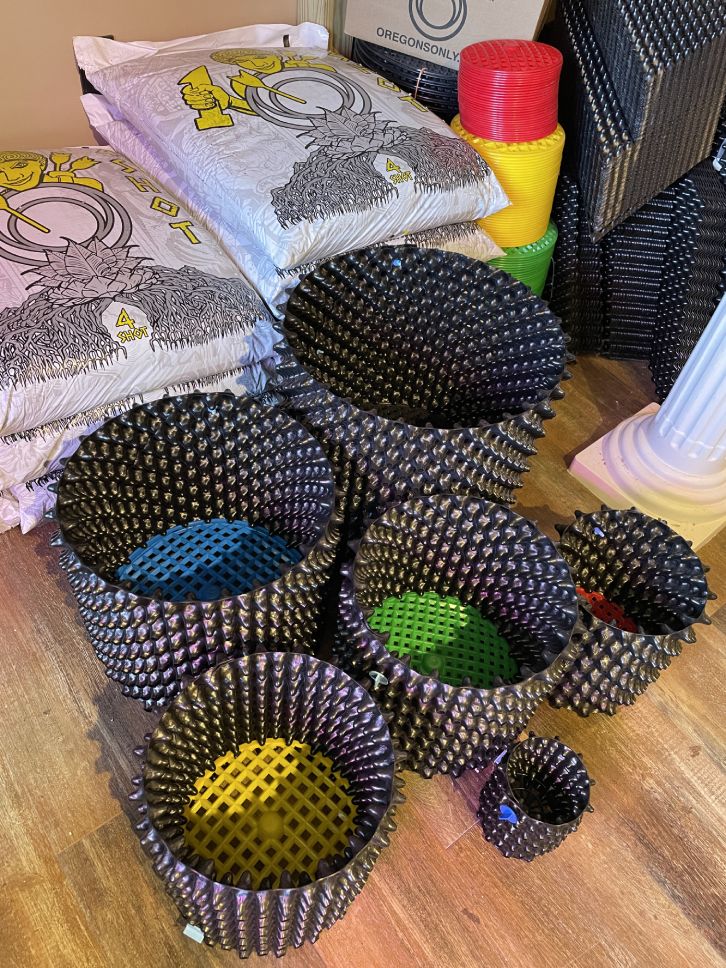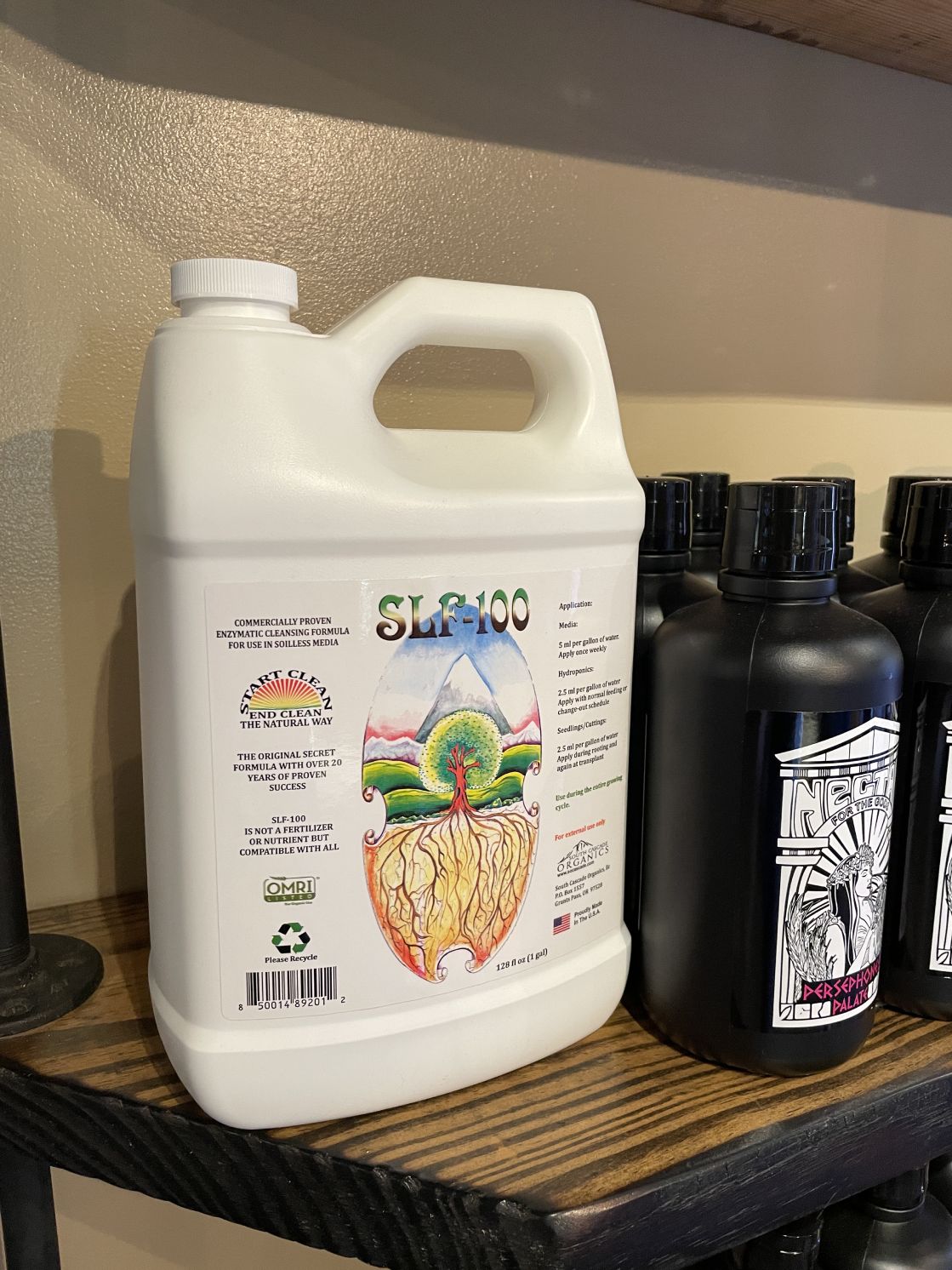The Indoor Earthworm: An Fascinating Research of Nature Indoors
The Indoor Earthworm: An Fascinating Research of Nature Indoors
Blog Article
The Ultimate Overview to Hydroponic Systems and Techniques
In the globe of modern agriculture, hydroponic systems have arised as a revolutionary technique for growing plants without dirt. As we uncover the ins and outs of hydroponics in this thorough guide, we will certainly browse through the different kinds of systems, check out the important nutrients important for plant growth, and dive right into sophisticated methods that can considerably boost returns.
Advantages of Hydroponic Equipments
Hydroponic systems supply a multitude of advantages, consisting of efficient resource usage and accurate nutrient shipment to plants. By offering a controlled setting for plant growth, hydroponic systems allow optimum water and nutrient use, bring about higher returns contrasted to traditional soil-based growing. This performance not only saves sources however also lowers waste, making hydroponic systems eco pleasant.
Additionally, the exact distribution of nutrients in hydroponic systems permits customization based on the certain demands of each plant variety. This targeted technique guarantees that plants get the right equilibrium of necessary nutrients, advertising much healthier development and reducing the risk of nutrient shortages or inequalities. In addition, the capacity to check and readjust nutrient levels in real-time maximizes plant productivity and general crop quality.
Furthermore, hydroponic systems get rid of the need for chemicals and herbicides, as the closed-loop system reduces the risk of bugs and diseases that are generally found in soil-based farming - The Indoor Earthworm. This not only benefits the plants and the atmosphere but likewise adds to producing cleaner, healthier crops for usage
Kinds Of Hydroponic Setups

Deep Water Society (DWC) entails putting on hold plant roots in a nutrient service, enabling adequate oxygenation. Nutrient Film Technique (NFT) makes use of a superficial stream of nutrient solution streaming over the plant roots, offering a consistent supply of nutrients. Ups and downs systems flood the plant origins at intervals, ensuring they get nutrients and oxygen. Leak systems include dripping a nutrient service onto the plant roots, supplying specific control over feeding. Aeroponics hazes the plant origins with try here a nutrient option, making best use of oxygen absorption.
Each sort of hydroponic configuration has its benefits and is matched my link to different plant selections and development phases. Comprehending the unique attributes of these systems can help hydroponic growers choose one of the most suitable arrangement for their details demands and choices.
Important Nutrients for Hydroponics
In hydroponic systems, plants rely on an accurate equilibrium of crucial nutrients to grow and expand effectively. These crucial nutrients are essential for different plant features such as photosynthesis, root growth, and total development.
In enhancement to macronutrients, plants likewise require additional nutrients like magnesium, sulfur, and calcium, along with trace elements such as iron, copper, zinc, and manganese (The Indoor Earthworm). These nutrients are vital for making sure that plants have all the essential structure obstructs to execute vital biological procedures

Advanced Strategies for Optimum Yield
To accomplish optimum returns in hydroponic systems, farmers can implement innovative techniques that enhance plant development and productivity. In addition, employing methods like plant training and pruning can assist optimize light circulation and airflow, making sure that all components of the plant obtain ample light and nutrients. Using automated systems for nutrient shipment and tracking can aid preserve optimal nutrient levels, lowering the threat of shortages or inequalities that can prevent plant growth.
Troubleshooting Common Hydroponic Issues
One widespread problem is visit homepage vitamins and mineral deficiencies, where plants do not have important aspects for healthy growth. Preserving the appropriate pH range specific to the plant being grown is important for optimum nutrient uptake. By promptly determining and dealing with these typical hydroponic problems, cultivators can maintain healthy plants and maximize returns in their hydroponic systems.
Conclusion
Finally, hydroponic systems use numerous benefits for expanding plants efficiently. By making use of numerous sorts of configurations and supplying vital nutrients, cultivators can attain maximum yield with progressed methods. It is crucial to fix usual problems that might arise in order to maintain an effective hydroponic procedure. With cautious preparation and focus to information, hydroponic systems can revolutionize the method plants are grown, resulting in even more sustainable and efficient farming methods.
By supplying a regulated environment for plant growth, hydroponic systems enable optimum water and nutrient usage, leading to higher yields contrasted to standard soil-based cultivation. The Indoor Earthworm. Nutrient Movie Method (NFT) uses a shallow stream of nutrient option streaming over the plant roots, giving a constant supply of nutrients. Monitoring and adjusting nutrient levels based on plant growth phases is important to protecting against nutrient shortages or toxicities and making the most of plant efficiency in hydroponic systems
Furthermore, employing techniques like plant training and trimming can aid maximize light distribution and air movement, making certain that all parts of the plant get appropriate light and nutrients. Using automated systems for nutrient delivery and surveillance can help preserve optimum nutrient degrees, minimizing the risk of shortages or discrepancies that can impede plant growth.
Report this page